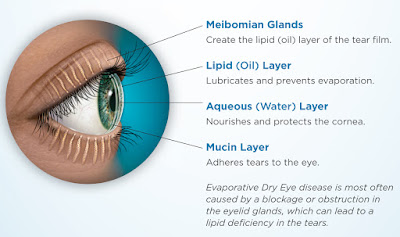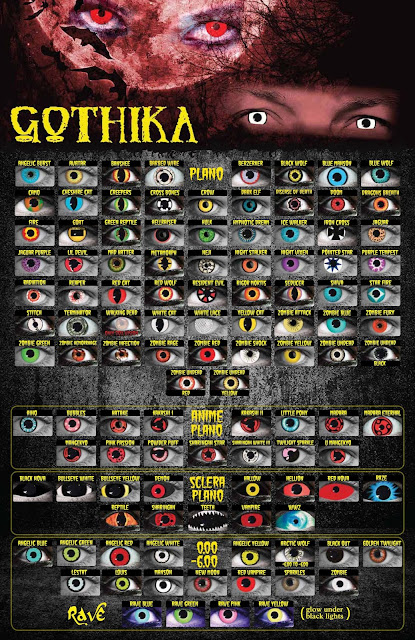December’s Safe Toys and Celebrations Month

This holiday season is a time for family, fun and celebration, but also a time to think about safety. During December’s Safe Toys and Celebrations Month we encourage everyone to take a number of steps before purchasing toys, sports equipment, opening a bottle of champagne, and even going near the Christmas tree. Every year we see many eye injuries that seemingly safe and innocent toys can cause. That is why we are urging patients to purchase safe toys and gifts this holiday season and all year long. Before a toy is purchased one must check toy labels for age recommendations and select only those gifts that are suitable for the child’s age and maturity level. We do not recommend purchasing toys or games with sharp, protruding or projectile parts. Every year 40,000 sports related eye injuries occur. Most accidents occur this time of year. Sports equipment may cause permanent vision damage and most of the victims are children. We recommend that protective gear, such as helmets,


